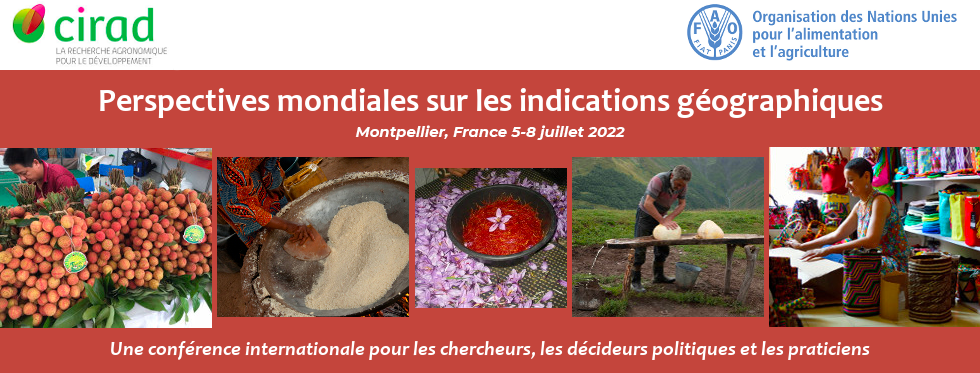Batik Tulis Nitik Yogyakarta (BTNY) is the first batik acknowledged as Geographical Indication (GI) in Indonesia. It successfully breaks the assumption that batik can only be registered under Copyright regime. The protection given was based on the unique technique of the batik making-process which use specific canting, a pipe with a pointed end, which in Batik Nitik, the pipe is split open for painting motifs and make it distinctive with other batik products in Indonesia. However, after its registration as GI in 2019, Paguyuban Batik Tulis Nitik Yogyakarta (PBTNY), the GI managing group, face another issue regarding traceability system. With no efficient system possibly attached to their product, BTNY is in a vulnerable position to maintain their status as GI product. Even though the code was stated in their Book of Requirement (CoP), in fact the code was never realised. Unlike other products of GI, in BTNY, the craftsperson manually put their code as the batik-maker in the cloth, which resulting the traceability system not established in the final product. With the absence of traceability code in the product would affect the quality control process. In the long run, the guarantee of product quality is at stake. Thanks to the technology, the help of a computer program can save time and make it labour-saving to the association to attach the code in their product. A software named “SiBatik” was developed by a group of university lecturer to help the association in implementing the traceability code. The software works to generate a QR code which contain several information such as, the name of the craftsperson, the motif, group they came from, and the time stamp. The latest was included to distinct products produced by one craftsperson which indeed would be different from time to time. Besides helping the PBTNY to implement the traceability code, the use of QR code which attached in the label of the final product also aid the consumers to track whether or not the product is original by scanning the code through their devices.

IMPLEMENTING TRACEABILITY SYSTEM FOR GEOGRAPHICAL INDICATION IN INDONESIA : A CASE STUDY OF BATIK TULIS NITIK YOGYAKARTA
1 : Universitas Ahmad Dahlan
(UAD)
-
Site web
* : Auteur correspondant
Jl. Ringroad Selatan, Tamanan, Bantul, Yogyakarta -
Indonésie
 PDF version
PDF version
